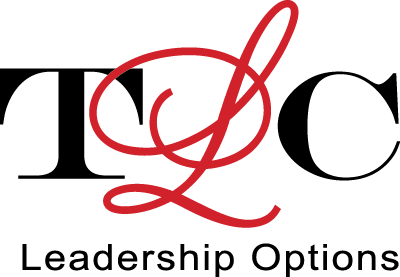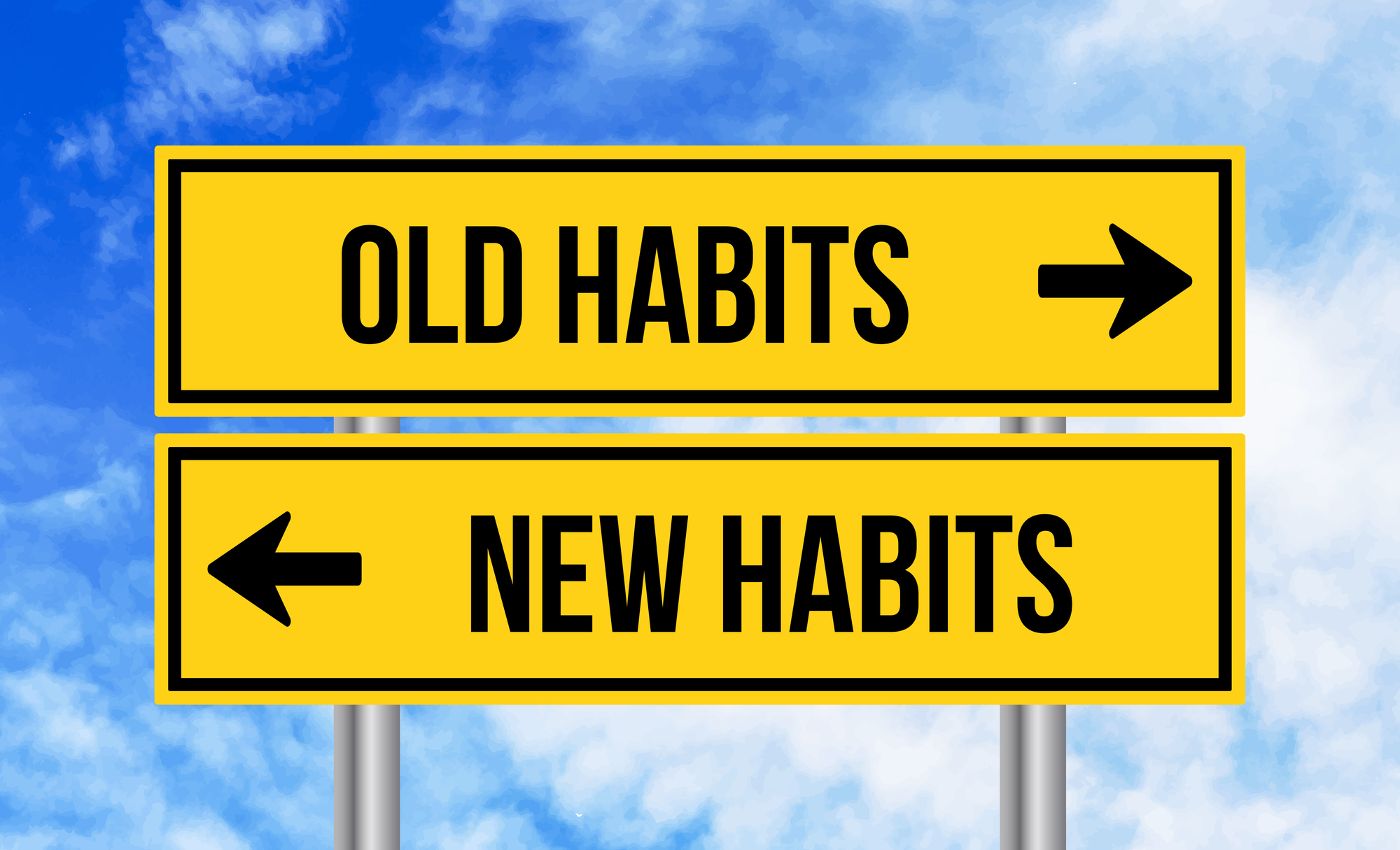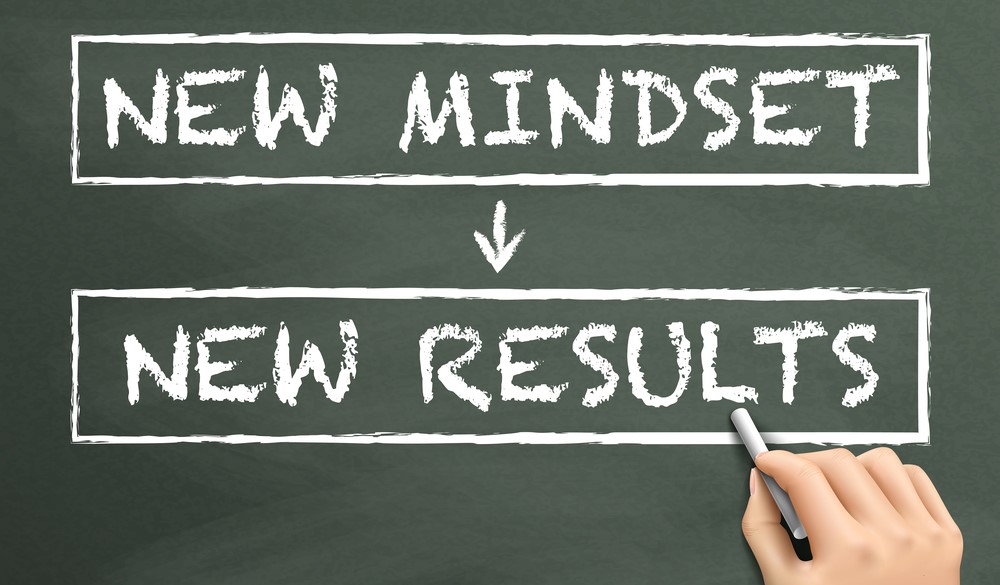Have you ever felt like an imposter? Have you had the feeling that everyone around you is better at their job than you are and you’ll be discovered as a fraud? You are not alone: an estimated 70% of people experience impostor syndrome at some time in their career or life.
Psychologist Audrey Ervin says that a person suffering from imposter syndrome is “unable to internalize and own their successes.” And if you can’t do that you won’t feel or show confidence.
Self-confidence is a particular issue among women. As an executive coach, I have worked with hundreds of intelligent, competent women from all over the world who express self-doubt and lack self-confidence. And that is a problem.
In their book The Confidence Code Katty Kay and Claire Shipmen tell us:
“A growing body of evidence shows just how devastating this lack of confidence can be. Success, it turns out, correlates just as closely with confidence as it does with competence. No wonder that women, despite all our progress, are still woefully underrepresented at the highest levels.”
These are watch words for every woman to remember: success correlates with confidence…as well as competence.
In my experience there are a number of causes for lack of confidence in women, largely related to how we think. The key to building self- confidence is to examine negative thinking patterns, recognize them as unproductive, and change that thinking.
Let’s examine some mindsets that hamper confidence and look at what we can do about them.
Mindset 1: Boys compete, girls get along: scripts from early life
There is scientific evidence of the differences in male and female development in the early years of grade school. Girls can focus for longer periods of time, they have better verbal and fine motor skills, and they are more sociable. They get verbal rewards and attention for their behavior while the boys are more rambunctious and get scolded a disproportionate amount of the time. The boys toughen up while the girls seek positive attention through rule-following and may lose self-esteem if they don’t get it. This can lead to a life-time of approval-seeking behavior.
While sports is a positive developmental avenue for girls, they are 6 times more likely to drop their sports activities, especially during adolescence. This is to their detriment: many psychologists now believe that risk taking, failure, and perseverance — all of which are experienced in sports — are essential to confidence-building.
Katty Kay and Claire Shipman
What we can do about it: Firstly, determine if you are overly cautious when making business or career decisions, or if you have a need for consistent recognition or approval. Consider whether these behaviors help you or hinder you. Perhaps a little “skin thickening” is in order: Women must put themselves out there to take career risks, be unafraid of failure, and let things roll off their backs. The world is a rough and tumble place and we need to be strong.
Mindset 2: I need to follow the (unspoken) cultural rules of women’s behavior, or I will be criticized.
As we discussed, women have been socialized to do good work and passively wait for their rewards, without self-promotion. My colleague Dr. Deloras D. Jones describes the effect of this:
“Men feel quite comfortable in asking for what they want. While women are making great strides, we are still bound by perceptions that assertiveness, taking credit for successes, or exhibiting self-confidence may work for men, but not for women. I refer to this as the “Stepford” phenomenon. We are at the table but constrained by the unspoken rules that choke-hold and transform successful professionals into “go along to get along people.”
What we can do about it: The Leader’s Edge Founder and CEO Molly Shephard tells us that we can put ourselves forward in a more assertive way without being aggressive, and suggests an exercise in her book Breaking into the Boys Club. First, we need to list our skills and our strengths. Next, these need to be linked to major accomplishments in our careers. After studying these lists, create one or two sentences that you can use to promote yourself when the need arises. When in conversation, compliment this script with anecdotes about your latest project or success that demonstrate specific strengths.
Mindset 3: I have to do everything perfectly in order to be valued as a contributor.
Our own unrealistic expectations of ourselves hold us back. Many women I have coached refer to themselves as perfectionists, and hold it up as a badge of honor, a recognition that they produce an excellent work product. Until I point out what is being lost through that attitude: seeking perfection makes the work slower and therefore deadlines get missed. There is an opportunity cost of the time that could be spent on other projects or solving bigger problems.
KATTY KAY AND CLAIRE SHIPMAN
What we can do about it: Naphtali Hoff suggests we pursue excellence instead of perfection. “The difference between perfection and excellence is that with excellence, you may strive to do your absolute best, but you also allow yourself to accept failure and mistakes as you learn from them….When we pursue excellence or high standards, we come to value the process as well as the outcome. We know that the learning, fun, relationships and memories that we build along the way are often as important as the outcome.” The goal should be progress, not perfection.
Mindset 4: I can’t be my authentic self because I’m not good enough.
Perhaps the ultimate imposter belief, this or other negative thoughts are examples of what best-selling author Jon Acuff calls “a broken soundtrack.” When a broken soundtrack runs often enough in our heads, it controls our actions and our behaviors become self-fulfilling. We struggle, because we believe we will struggle. Like Henry Ford once said, “Whether you think you can or you think you can’t, you’re right.” So we need to take responsibility for and erase our negative thoughts.
Solution 4. My coaching experience has taught me sometimes these self-limiting beliefs surface and sometimes they are so deeply buried or denied that it is harder to identify them. Perhaps more crucially, why do we choose (perhaps sub-consciously) self-doubt and sometimes self-deprecation over confidence? After all, when we buy into someone else’s world view or view of us, we are choosing to believe them over ourselves.
Recognition and labeling of these self-limiting thoughts is the first step. These thoughts or soundtracks have to be retired and replaced with new soundtracks. It must be a regular practice to repeat the new belief until it becomes automatic.
Your thoughts turn into your actions. Your actions turn into your results.
Want great results? Start with great thoughts.
Like so many things in leadership development, making a change is a matter of mindset. All personal change starts with a willingness and desire to change. If we build our self-awareness, and we understand our strengths and opportunities for growth, we can cultivate what confidence coach Ben Fauske calls authentic confidence. Exuding/exhibiting confidence is matter of changing a mentality of self-doubt to one of believing in ourselves and our capabilities. We can literally retrain the brain to be confidence prone.





